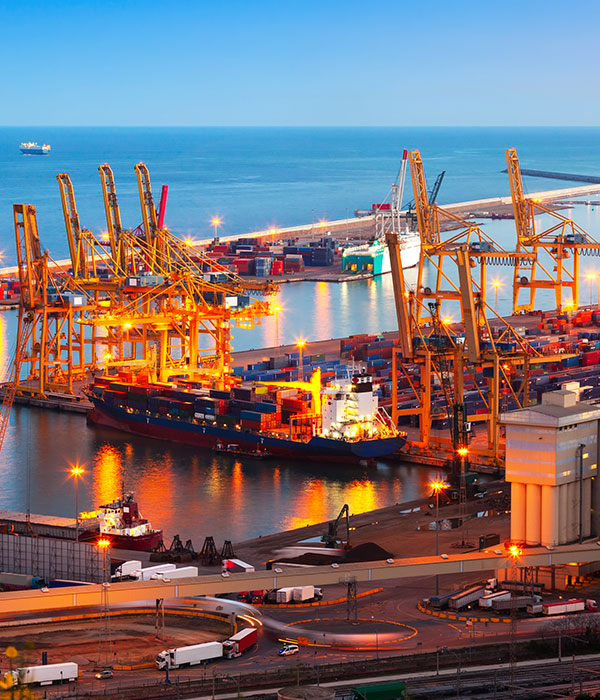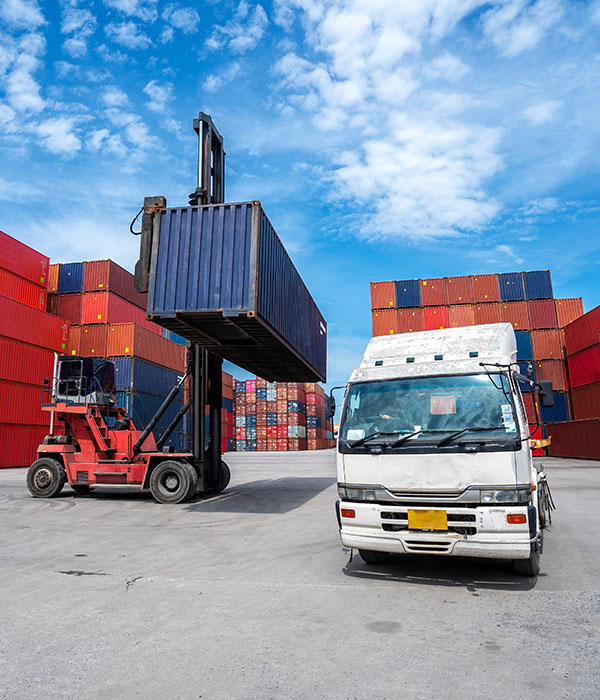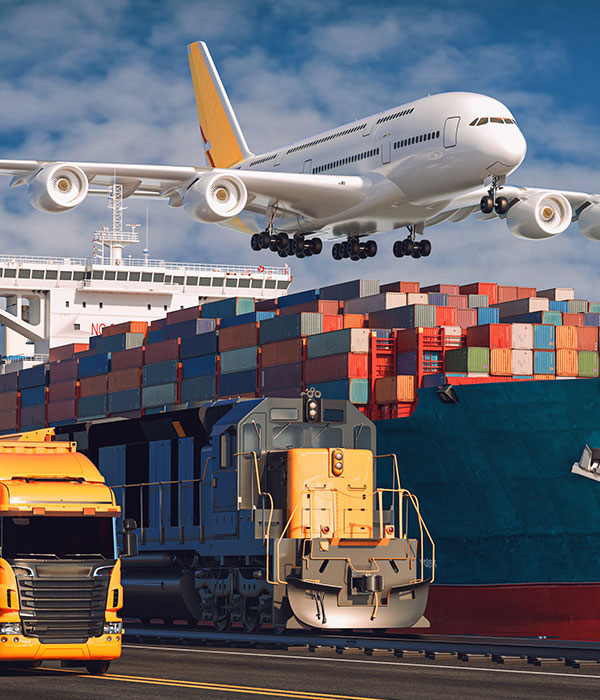The global international air cargo volume has increased, and cross-border e-commerce has contributed
According to Xeneta's Clive Data Services, global spot air cargo prices rose 2 percent from January to February, while air cargo demand rose 11 percent year-on-year.
Global average spot freight rates for goods continued to rise in March, narrowing the price gap to less than 15-20 percent of last year's level, according to the price reporting agency. Global air cargo demand rose 7 percent year-on-year in March, according to the latest data from Xeneta. Currently,60 percent of cargo space is filled, up 4 percentage points from January.
It is worth noting that this year's growth looks better, partly because the volume of goods in the first two months of 2023 dropped by about 10% compared with the previous year, which is at a low base level.
In addition, the increase in cargo volume has also been affected by the Chinese Lunar New Year. Generally speaking, factories are closed during the Spring Festival, and exporters increase the shipment volume two weeks before and after the production suspension. Last year's Spring Festival was in January, but this year's Spring Festival is in February, which also brings about the difference in base number.
Industry professionals point to strong growth in e-commerce exports in Asia, particularly in southern China and Hong Kong, China, as a key driver of the unexpected surge in demand for air cargo. International consumers buy more goods on Chinese e-commerce platforms and expect speedy delivery, which needs to be done by air.
全球国际空运货量上涨,跨境电商功不可没
根据Xeneta的Clive Data Services的报告,全球航空货物现货价格从1月到2月上涨了2%。同时,航空货运需求同比增长11%。
据价格报告机构称,3月份全球平均货物即期运价持续上涨,将价格差距缩小至去年水平的15%至20%以内。根据Xeneta的最新数据,3月份全球航空货运需求同比增长7%。目前,60%的货机舱位已经填满,比1月份增加了4个百分点。
值得注意的是,今年的增长看起来更好,部分原因是2023年前两个月的货物量比前一年下降了约10%,处于较低的基数水平。
除此之外,货物量的增长也受到了中国农历新年的影响,一般来说,工厂在春节期间会关闭,出口商会在生产暂停前后两周增加货物的发运量。去年春节在1月份,而今年是在2月份,也会带来基数上的差异。
行业专业人士指出,亚洲(尤其是中国华南地区和中国香港)的电子商务出口强劲增长,是航空货运需求意外激增的关键驱动力。国际消费者在中国的电商平台上购买更多商品,并期望快速交付,而这需要通过空运实现。












